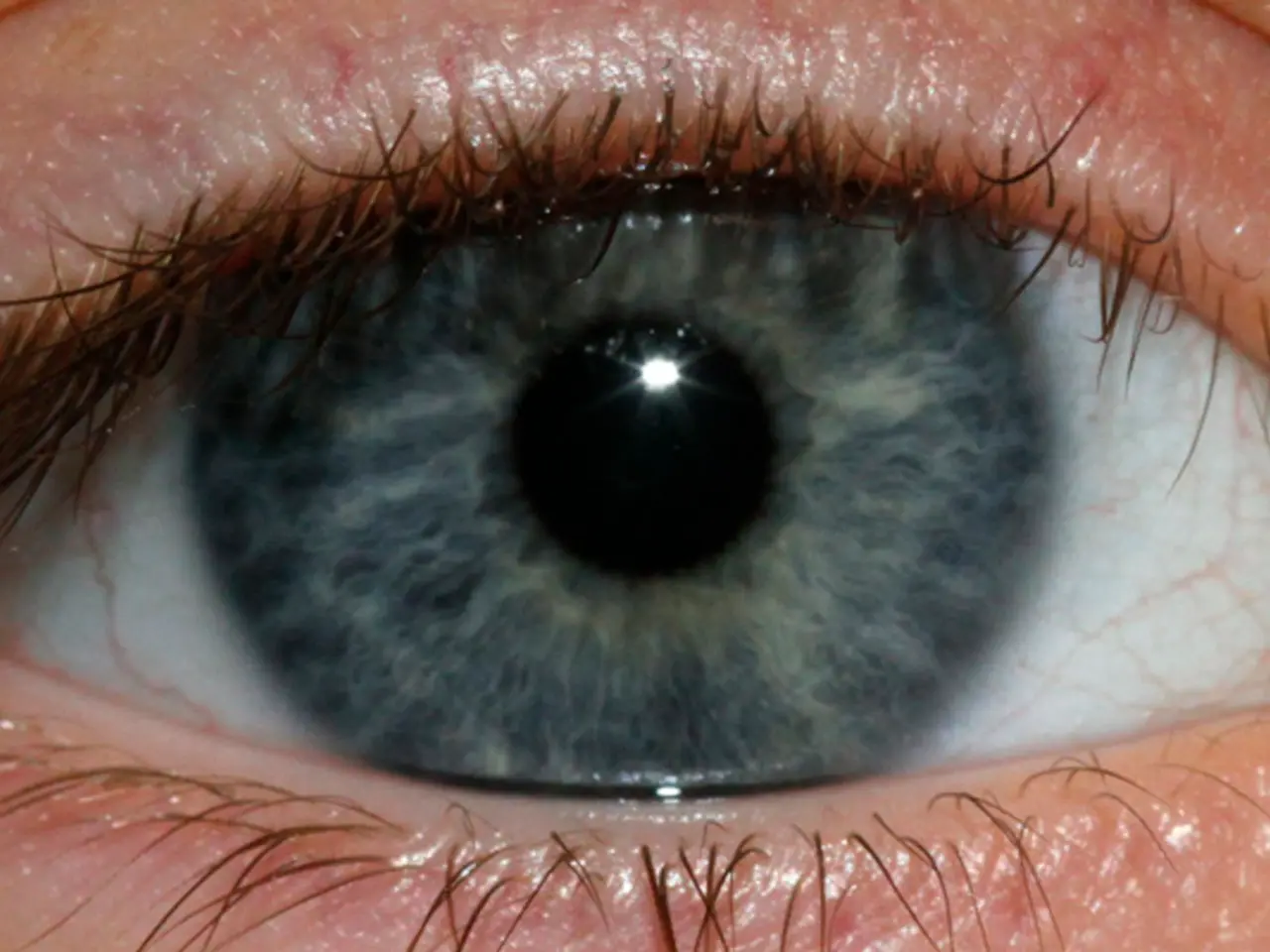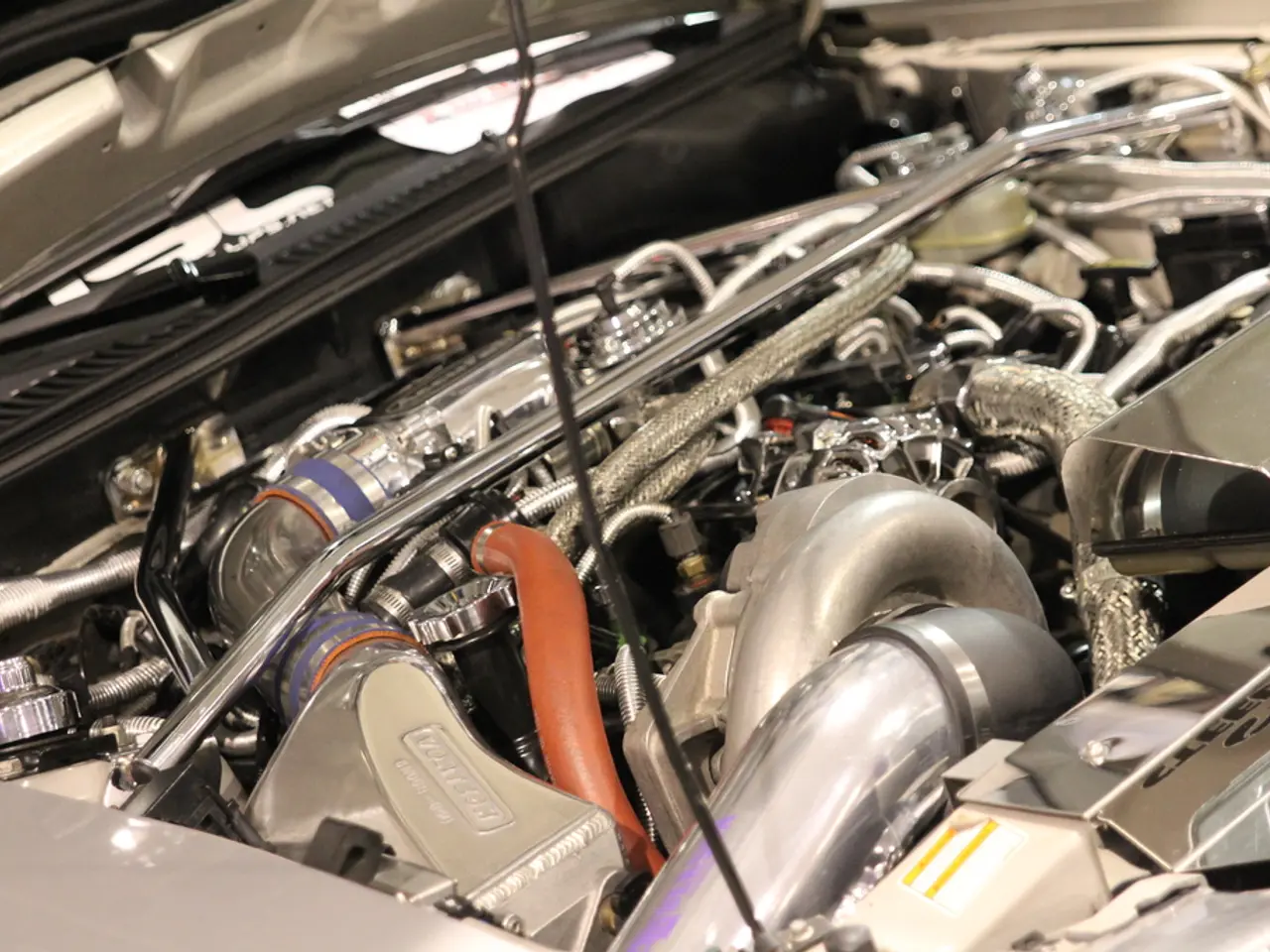Examining Eye Diagrams to Ensure Signal Consistency in Rapid Data Transmission Circuits on PCBs
In the realm of Printed Circuit Board (PCB) design, generating and analyzing eye diagrams plays a pivotal role in maintaining signal integrity. An eye diagram is a graphical representation that offers insights into a digital signal's quality, jitter, and noise.
## Generating Eye Diagrams
The process of creating eye diagrams involves both simulation and practical implementation.
1. **Simulation Tools**: Utilize software such as SPICE (Simulation Program with Integrated Circuit Emphasis) or electromagnetic simulators to predict the behaviour of signals on your PCB design. These tools can generate eye diagrams at different data rates to evaluate signal integrity [2][3].
2. **Equipment**: Employ specialized equipment like oscilloscopes to capture real-time eye diagrams from the PCB. This helps in validating the performance of the actual board under real-world conditions [1].
3. **IBIS Models**: For accurate simulation results, assign correct IBIS (Input/Output Buffer Information Specification) models to your components in design tools like CR-8000 Design Force. This ensures that the simulation reflects real-world component behaviour [4].
## Analyzing Eye Diagrams
1. **Interpretation**: - **Eye Opening**: A larger eye opening indicates better signal integrity. It suggests low jitter and noise. - **Eye Closure**: A closed or small eye opening may indicate timing jitter, noise, or insufficient voltage swing [1][2].
2. **Adjusting Design Parameters**: Based on the analysis, adjust design parameters like trace widths, spacings, or PCB stackup to improve signal quality. Ensure controlled impedance to minimize reflections and crosstalk [5].
3. **Validation Techniques**: Use eye diagram analysis alongside other techniques like bit error rate testing to comprehensively evaluate signal integrity [2].
## Best Practices for Optimization
- **Design for Signal Integrity**: Consider signal integrity requirements from the outset of your design process. - **Iterative Design**: Use simulation tools initially and validate with real-world testing to refine your design. - **Material Selection**: Choose appropriate materials for your PCB stackup to ensure uniform impedance and reduce signal loss [5].
By following these steps and best practices, you can effectively generate and analyze eye diagrams to optimize signal integrity in your PCB designs.
## Additional Considerations
- The triggering mechanism allows the oscilloscope to capture data accurately by ensuring that signal sampling begins at the correct moment within each bit interval. - Eye diagrams are essential for testing and debugging high-speed PCB interfaces such as USB, HDMI, DisplayPort, and Ethernet. - An eye diagram is a graphical representation of a digital signal over multiple cycles, overlays thousands or millions of bit sequences on top of each other, resulting in an eye-shaped waveform. - Eye diagrams can be created using physical test equipment or simulation tools like HyperLynx or Ansys SIwave.
In conclusion, generating and analyzing eye diagrams is an indispensable step in ensuring signal integrity in PCB designs. By understanding and interpreting eye diagrams, designers can make informed decisions to optimize their designs for better performance.
Technology such as SPICE (Simulation Program with Integrated Circuit Emphasis) or electromagnetic simulators, used in the simulation phase of generating eye diagrams, falls under the umbrella of controlled impedance technology, as they help predict and analyze signal behavior on Printed Circuit Board (PCB) designs to maintain signal integrity.
Furthermore, employing sophisticated equipment like oscilloscopes in capturing real-time eye diagrams from actual PCBs for validation purposes can also be considered as controlled impedance technology, as it offers insights into the performance of the board under real-world conditions.




